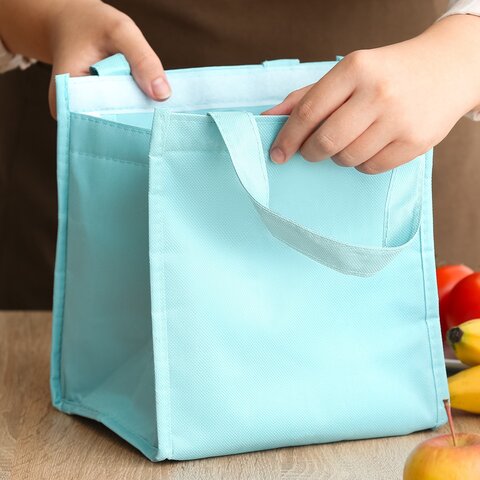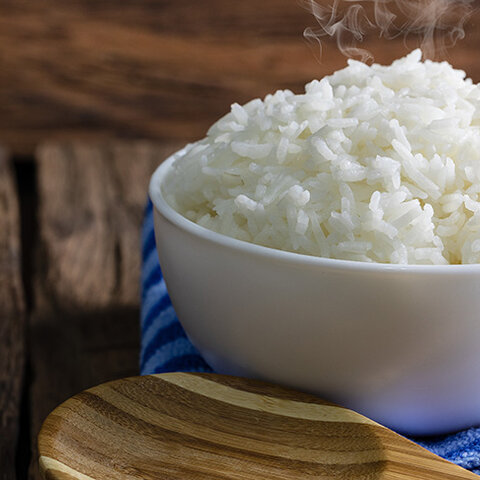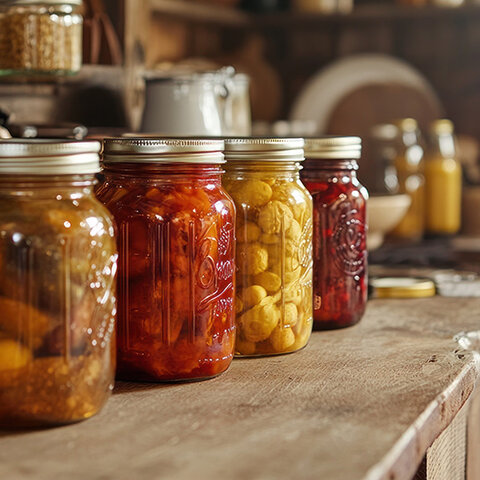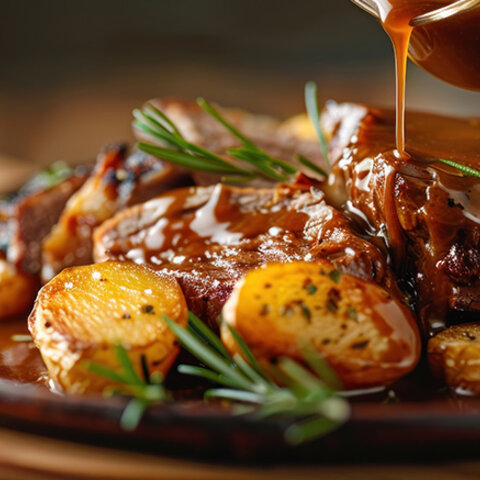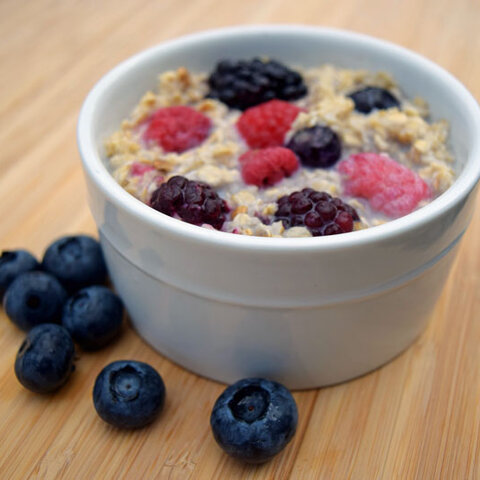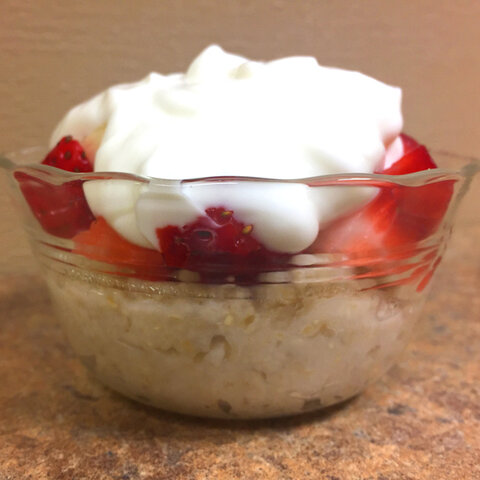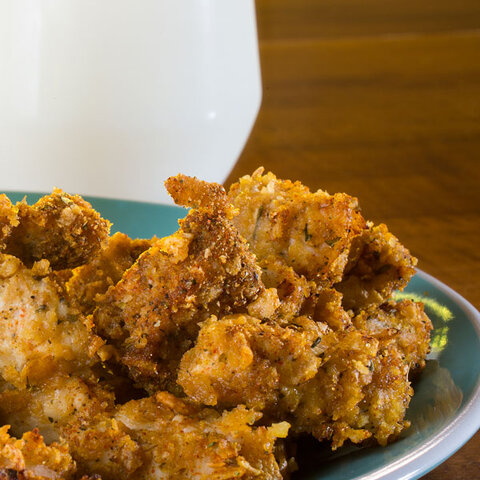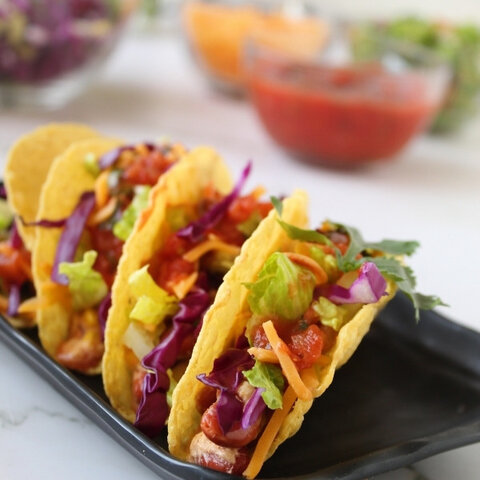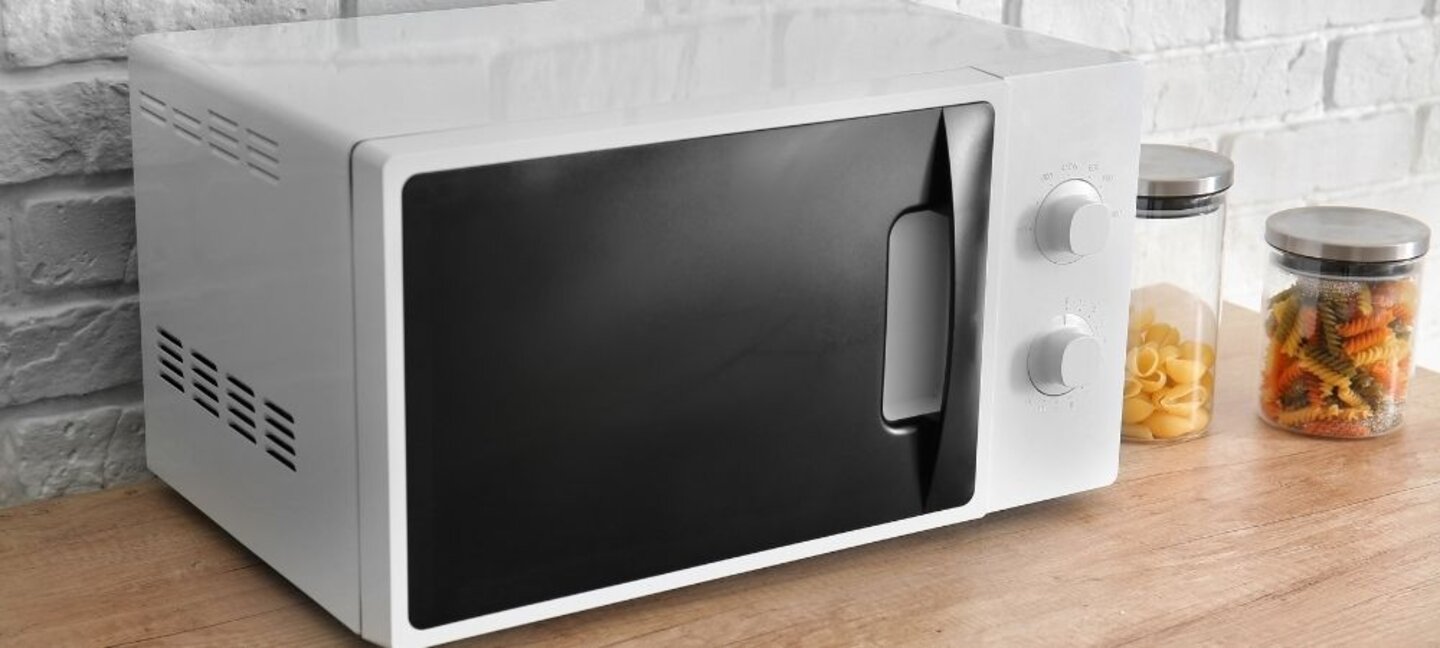
Microwave ovens play an important role at mealtime. Here are safety tips to help prevent foodborne illness.
How Does a Microwave Oven Cook?
- Microwave energy penetrates food 1 to 1 ½ inches in depth. Thicker pieces of food can take longer to heat through.
- Cooking can be uneven so many microwaves are available with a turntable.
- Arrange food items in a covered microwave-safe dish with some water if needed. De-bone meat so the bones do not shield the meat from thorough cooking.
- Cover food with a lid or plastic wrap. Allow enough space between the food and the top of the dish so that plastic wrap does not touch the food.
- Loosen or vent the lid or wrap to allow steam to vent. The moist heat that is created helps destroy harmful bacteria and ensures uniform cooking.
- Stir, rotate, or turn foods upside down (where possible) midway through the microwaving time to help eliminate cold spots.
- Microwaves cause water, fat, and sugar molecules to vibrate which produces heat. After the cooking time is complete, food molecules continue to generate heat so extra time must be allowed. This is known as "standing time" or "resting time".
Defrosting Foods in a Microwave Oven
- Remove food from its packaging before defrosting. Do not use foam trays in the microwave as they are not heat stable.
- Select the "defrost" setting or 30% power. Rotate food throughout the defrosting process.
- When thawing ground meats, remove the thawed portions as it softens and continue defrosting the frozen portion.
- Cook meat, poultry, egg casseroles, and fish immediately after defrosting as some areas of the frozen food may begin to cook during the defrosting time. Do not hold partially cooked food to use later.
Cooking Foods in a Microwave
- Cooking times may vary because microwave ovens vary in power and efficiency.
- After cooking food in the microwave, always allow standing time of at least 3 minutes. This completes the cooking process. Then check the internal temperature with a food thermometer.
| Food | Minimum Internal Temperature |
|---|---|
| Beef, Pork, Veal and Lamb (steaks, chops, roasts) | 145°F (62.8°C) and allow to rest for at least 3 minutes |
| Ground Meats (beef, pork, veal, lamb) | 160°F (71.1°C) |
| Ham, Fresh or Smoked (uncooked) | 145°F (62.8°C) and allow to rest for at least 3 minutes |
| Fully Cooked Ham (to reheat) | 140°F (60°C) for ham packaged in USDA plants, 165 °F (73.9°C) for all other hams |
| All Poultry (whole birds, parts, ground poultry and stuffing) | 165°F (73.9°C) |
| Eggs | 160°F (71.1°C) |
| Fish and Shellfish | 145°F (62.8°C) |
| Casseroles | 165°F (73.9°C) |
Use Only Approved Cookware and Containers
- Use only cookware that is specifically manufactured for use in a microwave oven.
- Glass, ceramic, and plastic containers need to be labeled as safe for use in a microwave.
- Other containers can warp or melt, possibly causing harmful chemicals to migrate into foods.
- Never use thin plastic storage bags, brown paper or plastic bags, newspapers, or aluminum foil in a microwave oven.
Determining if Cookware is Microwave Safe:
If cookware is not labeled for microwave use, test it before using to make sure it is microwave safe.
- Put one cup of water in a glass measuring cup. Place it in the microwave oven along with the cookware to be tested. Items should not touch.
- Microwave on high 1 minute. If the cookware feels warm or hot, it is not microwave safe.
- Do not use cookware that do not test microwave safe. They may crack the bottom of the microwave oven.
Cleaning Inside a Microwave Oven
- Consult the manufacturer's use and care manual for best advice.
- If possible, unplug microwave oven before cleaning to minimize possibility of electric shock. Remove spatters and spills as they occur so food residue won't become dried on. Wipe with a soft cloth or paper towel dampened with warm water.
- For heavier spills, use baking soda, a mild soap, or dishwashing liquid.
- Mix 6 tablespoons of baking soda OR ½ cup lemon juice with one cup of water to remove odors or baked-on food residue. Microwave the mixture until it boils. Then leave the mixture in the microwave without opening the door until the mixture cools. The steam will help loosen food residue and remove odors. Wipe the surfaces with a soft cloth or paper towel.
Sources:
Cooking with Microwave Ovens, United States Department of Agriculture (USDA) and Food Safety and Inspection Service (FSIS)
Cooking Safely in the Microwave Oven, United States Department of Agriculture (USDA) and Food Safety and Inspection Service (FSIS)
Safe Minimum Internal Temperature Chart, Food Safety and Inspection Service (FSIS) United States Department of Agriculture (USDA)
This article was written by Brenda Aufdenkamp and has been peer-reviewed. It was updated in 2022.
Tags:
